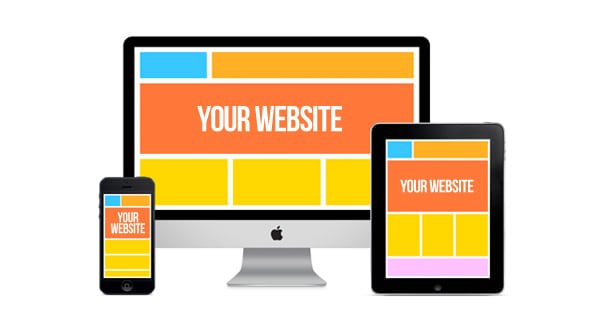
Web designers are responsible for adjusting your website to the user’s needs. However, modern interfaces should be designed concerning those with disabilities as well. ADA (Americans with Disabilities Act) that came into force in 1990 requires that public accommodation places have to undergo specific rules and standards to be accessible for the disabled. With the development of the internet, websites also started to be included as “public accommodation.”
Users with motor, visual, and audio disabilities should use your site with an equally effective and enjoyable outcome as users with no such problems. Nevertheless, it turns out that almost 98% of the existing websites would fail the test of accessibility.
Table of Contents
The Web Content Accessibility Guidelines (WCAG) sets standards for websites in terms of accessibility. If you are a web designer, you should familiarize yourself with the ada compliance to meet WCAG requirements while designing a page.
Below you can find the most common mistakes while designing a page. Even if it blushes with colors and the aesthetic layer is after your’s fancy, you might not be aware that tools and technologies fail while the users are about to contribute to the web and interact with it.
1. Invisibility
The first feature you see after visiting any site is bright colors. They communicate the meaning and are meant to encourage the users to scroll through the page pleasantly. However, as the websites should not only be nice-looking but also UX-friendly, contrasts matter.
Remember that those with vision impairments should be able to read the content easily. The high display contrast between the background and the text enables them to see the letters and words correctly. There is a minimum contrast ratio requirement, according to the guidelines, that is 4.5:1. Hence, if you color the text light-grey and put it on a white background, that might not be the best idea.
2. Font and Text
The text size should be big enough to be readable. Using the Arial font sized 11 would be undoubtedly less problematic while decoding that small letters in the medieval font looking like artistic calligraphy. You can also use features such as highlighting text and putting emphasis on the most significant matter. Not only does it structure the text and put the focus on the crucial issues, but it also communicates the meaning for those with impairments.
3. Failed Site Structure
The text’s logical structure is useful for SEO, puts the content in order, and helps the ones with vision problems in understanding the meaning of the text. As a site user, you often scan the page and draw the useful info for you. Screen readers and those who cannot depend on their vision fully should also be able to do so by proper structure, usage of headings, and subtitles.
Logical titles, heading style designations, bullet lists help in page readability. The worst you can do is publishing the flow of text comparable to the stream of consciousness. Aside from the fact that it doesn’t meet the ADA standards, it automatically discourages an average internet user who visits the page to find useful information quickly.
4. Lack of Site Navigation
Navigation issues are one of the most problematic features in website accessibility. It’s crucial to provide the users with access to the pages on your web, so the visitors aren’t spitting feathers as they can’t find the redirection.
People with disabilities often navigate through the page using the keyboard and tabs. Your page should be designed so that following the action buttons and links through the keyboard is possible and easy.
5. Images Overload
Website accessibility doesn’t mean that you should delete all the images from your site. However, they can embellish the page but not convey the most crucial info as they are more problematic to read than the regular text.
Firstly, if there are graphs and tables in your text, make them descriptive. Describe what exactly they show so the disabled have access to the data. It can be quickly done by alt tags that can be read out loud.
Conclusions
Familiarize with WCAG requirements and ease the life of those who struggle in web searching or can’t execute their work. There are three standards, A, AA, and AAA, and your site must meet at least A requirements, whereas AA is widely accepted.
Remember that repairing your website accessibility issues can positively influence the users without disabilities. Making the site more logically structured, readable, and intuitive increases the UX and user’s contentedness.

